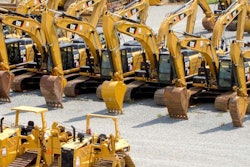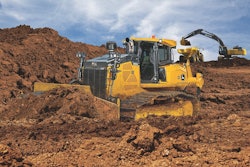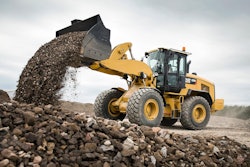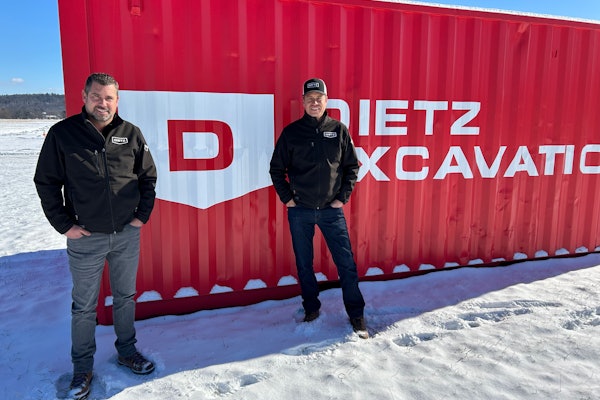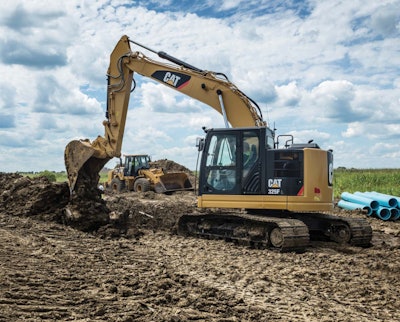
Net income fared even better, with a 218 percent increase to $47 million (Canadian) and earnings per share of $0.28, compared to $0.09 in 2016.

Highlights from the Q1 report include:
♦ Earnings before finance costs and income taxes (EBIT) reached $86 million, a 92 percent increase compared to Q1 2016
♦ Free clash flow decrease of $76 million
♦ Canada reported the highest profitability six quarters due to “stronger product support revenues and a reduced cost structure.”
♦ South America reported the highest EBIT since Q4 2015 because of strong new equipment sales in Argentina and product support in Chile.
♦ Lower costs and higher revenues (in functional currency) created improved performance in the UK & Ireland.
♦ Equipment backlog increased 60 percent compared to Q4 2016 to more than $700 million, due to improved order intake in Canada.
“Despite continued top line pressures, each of our regions is achieving meaningful progress in working capital efficiencies, driven in large part by improvement in our equipment supply chain,” Thomson says. “This gives me confidence in our ability to demonstrate a significantly improved return on invested capital when demand recovers.”
